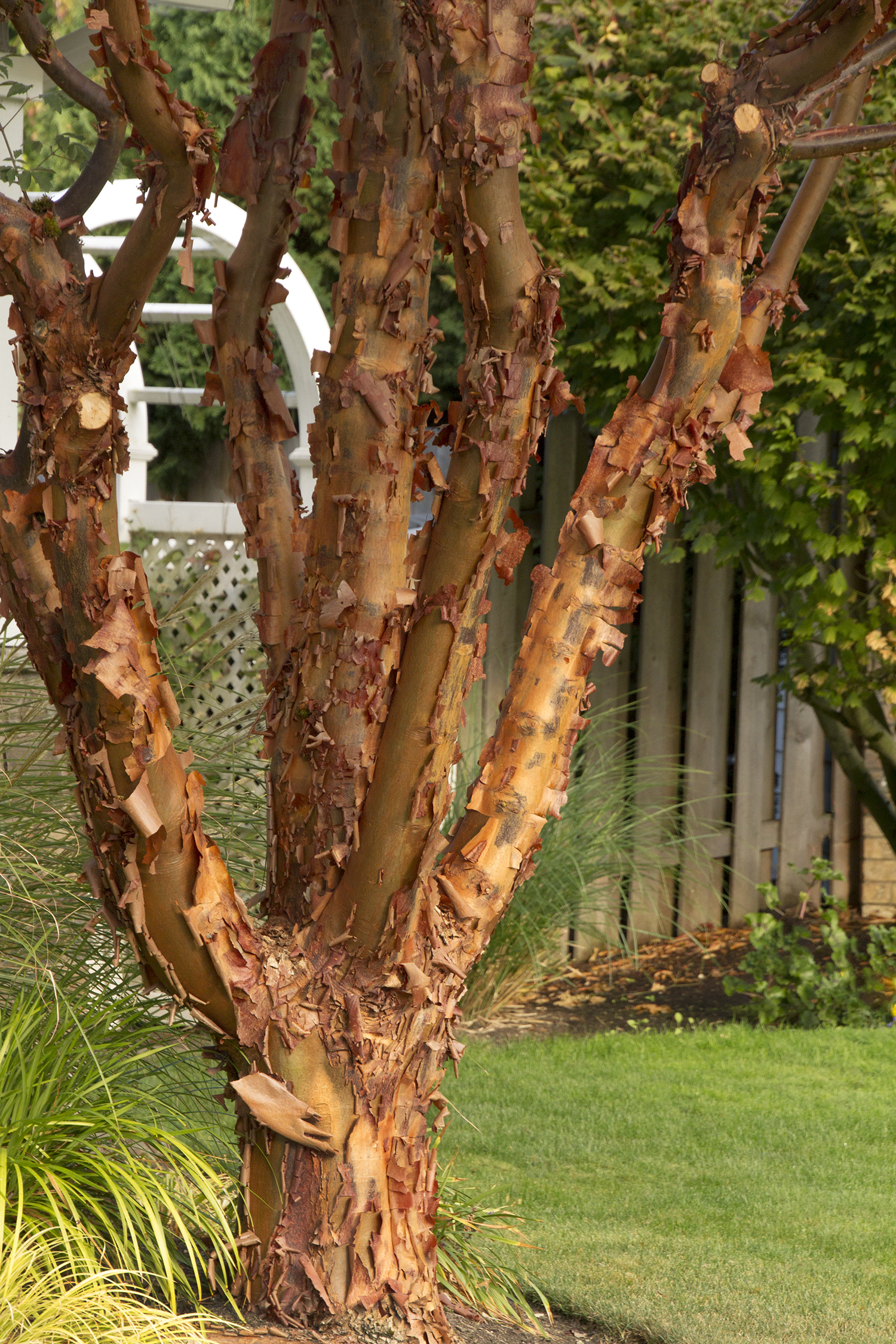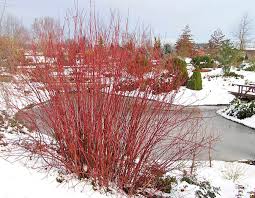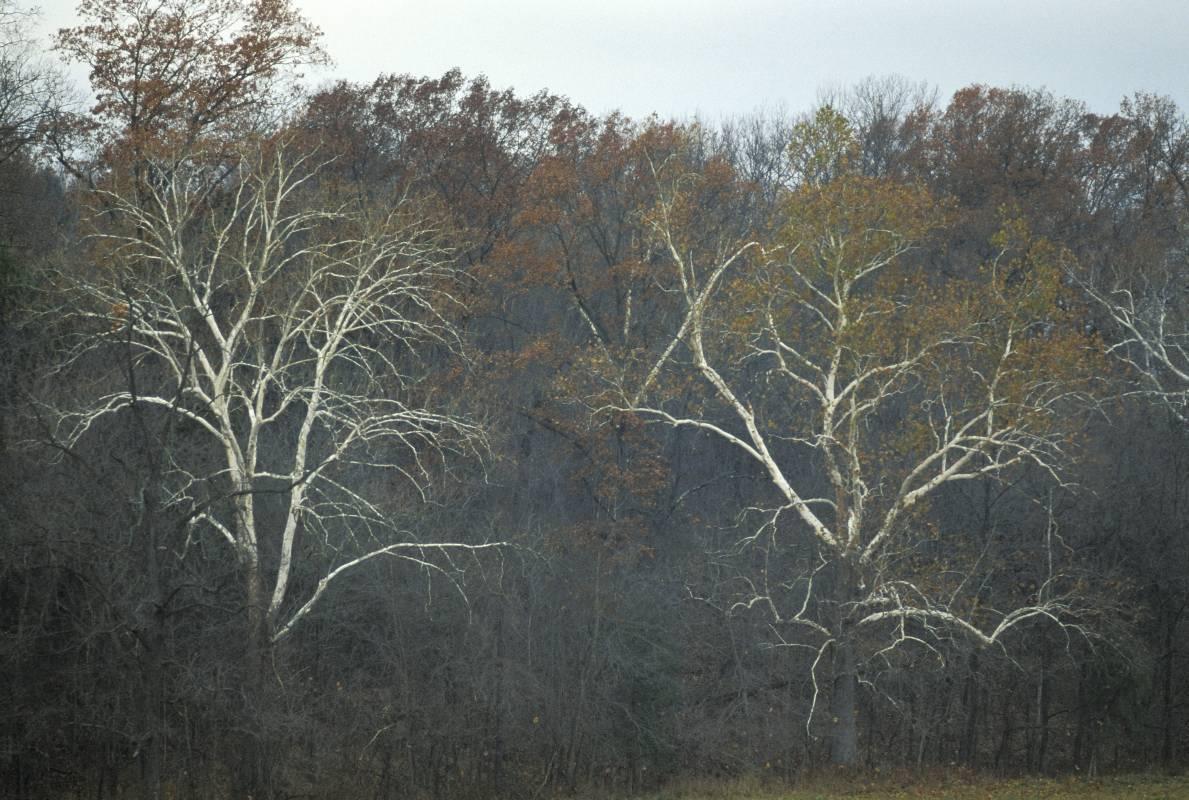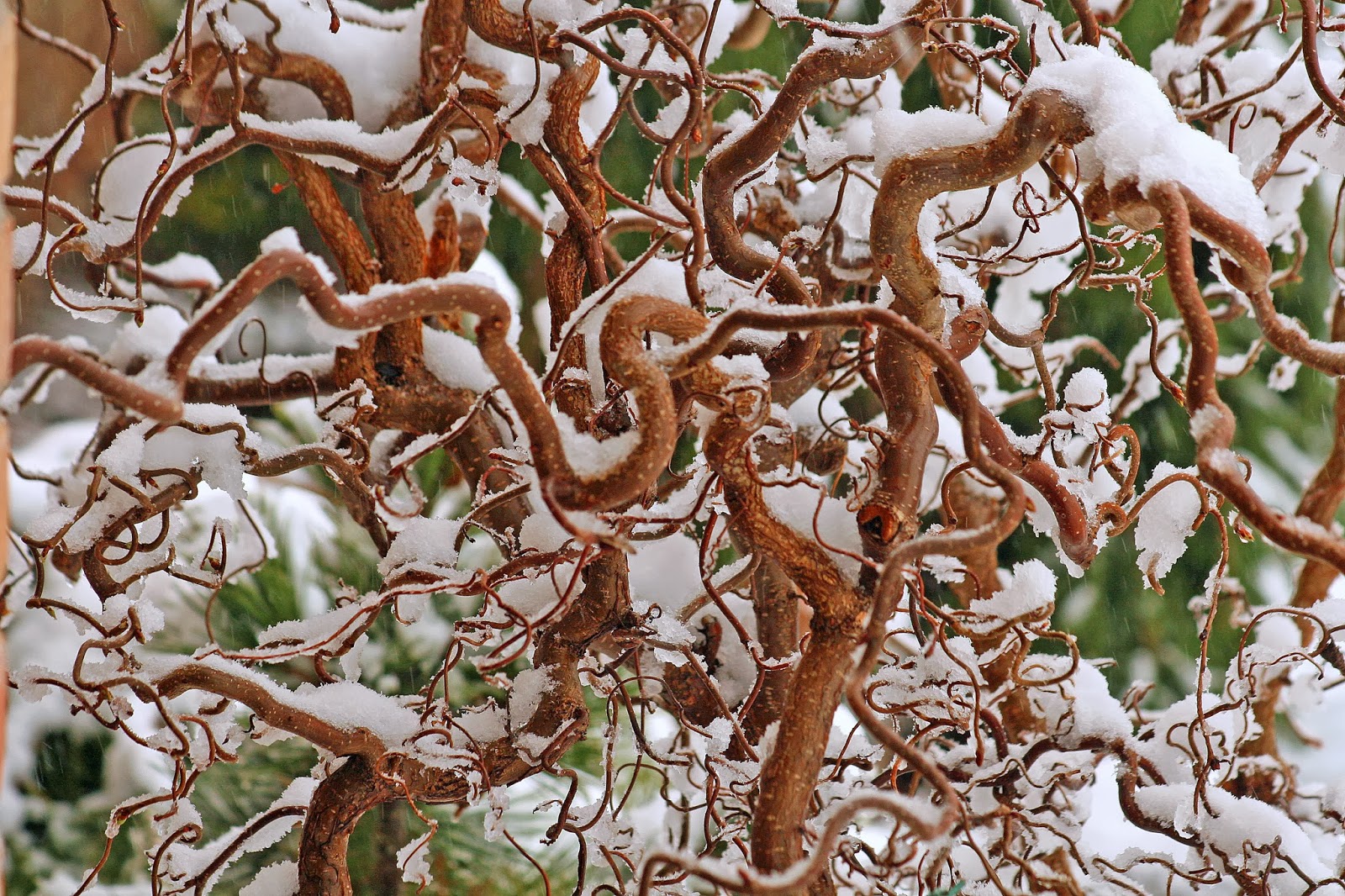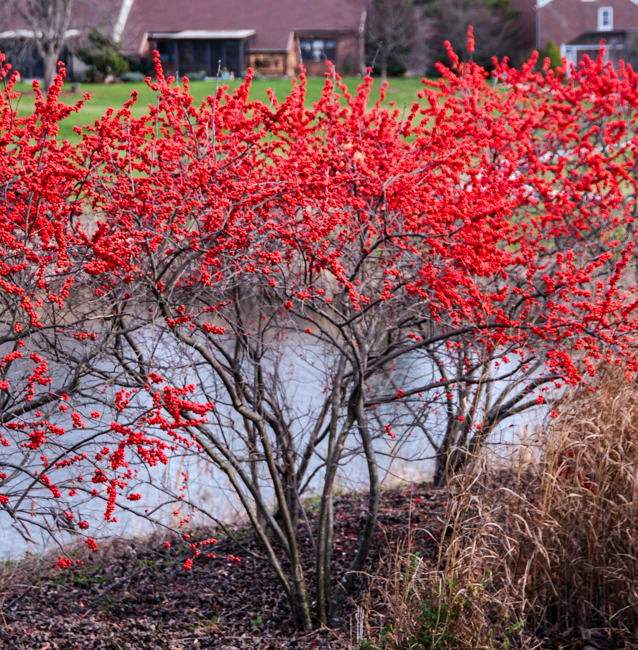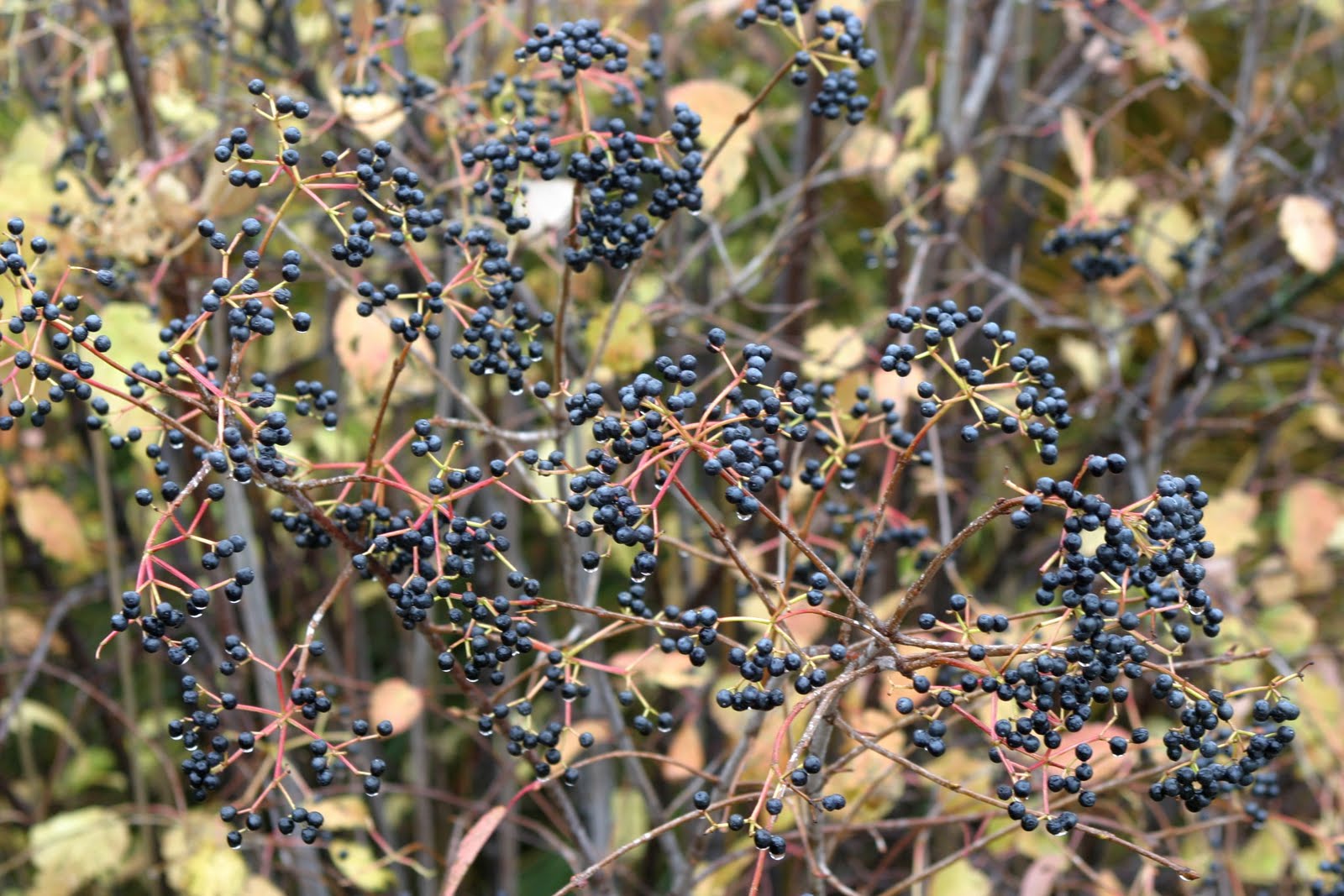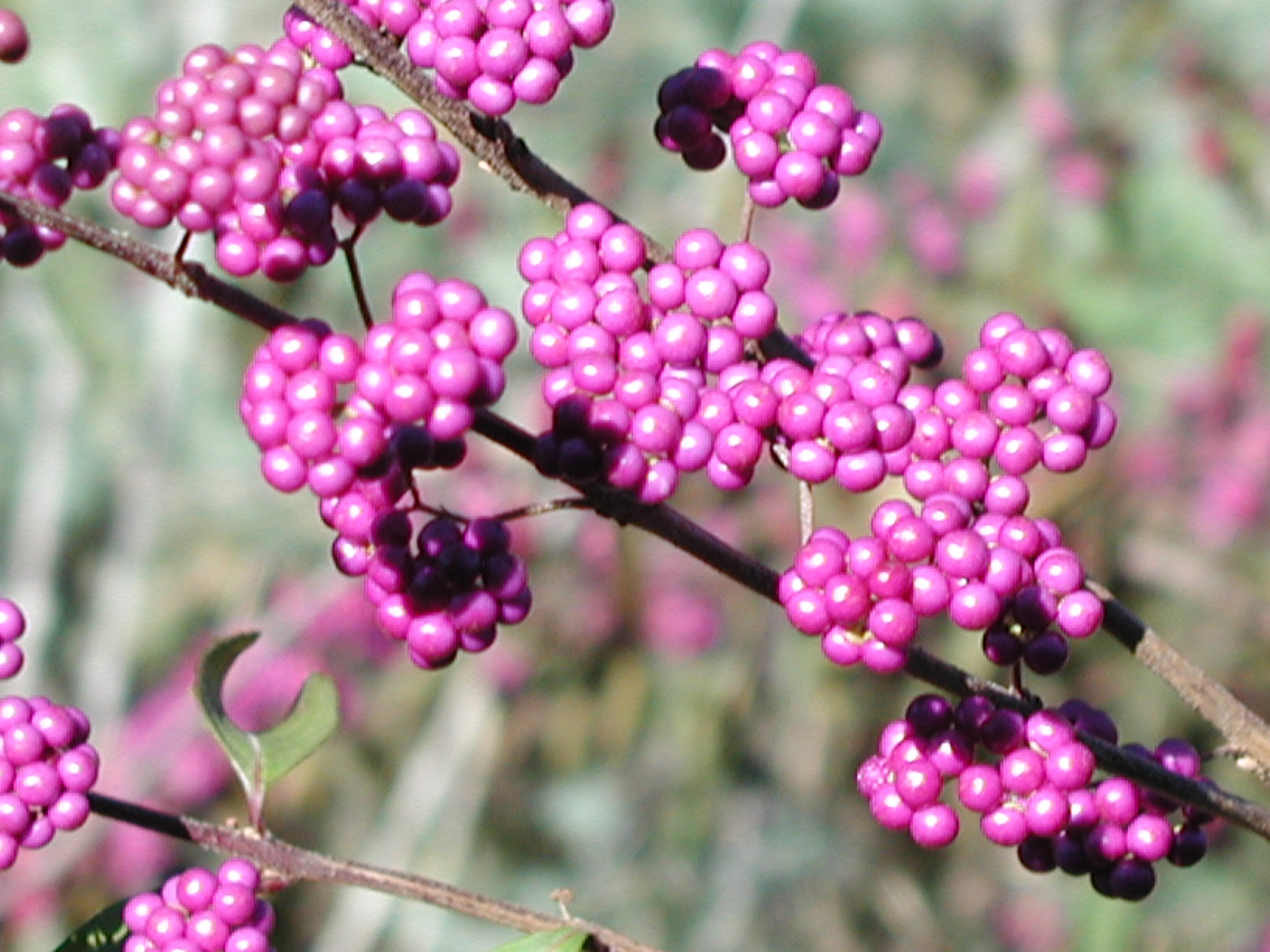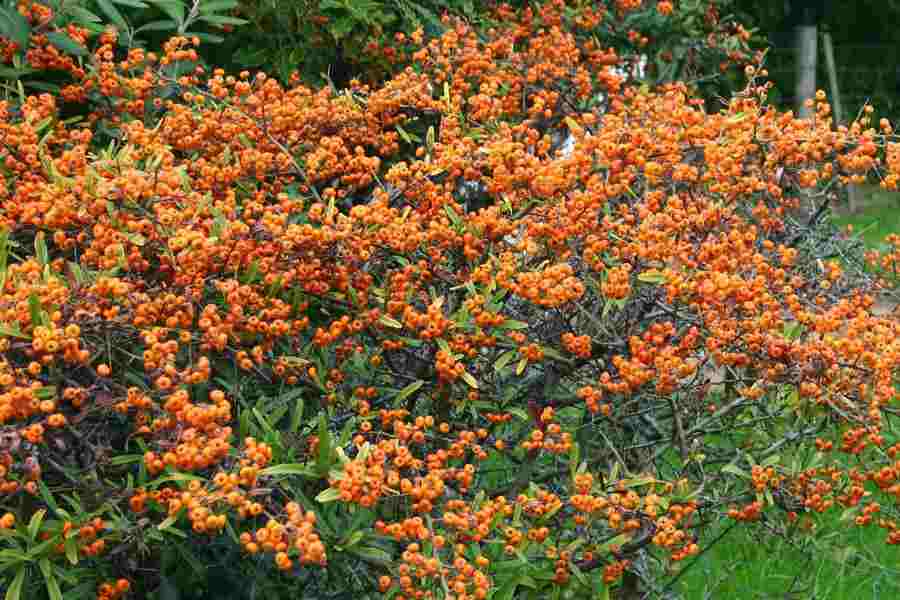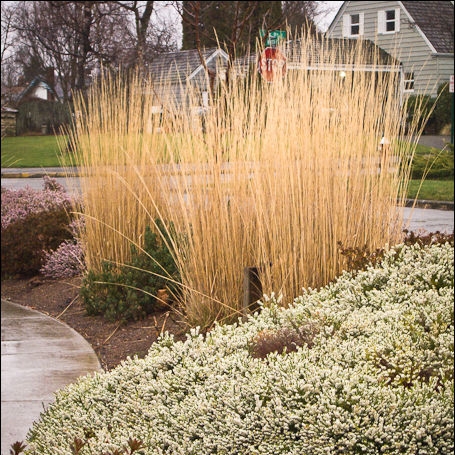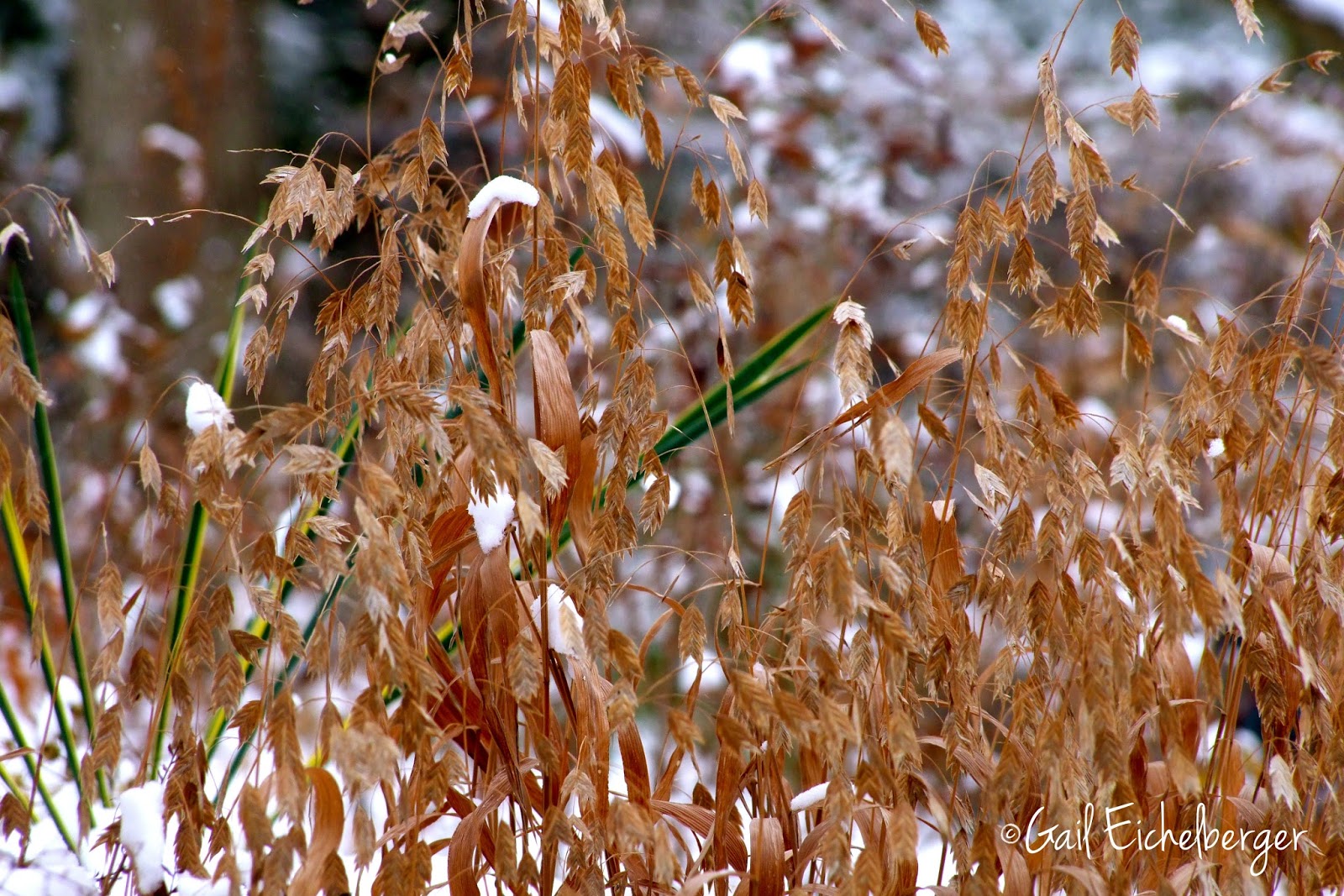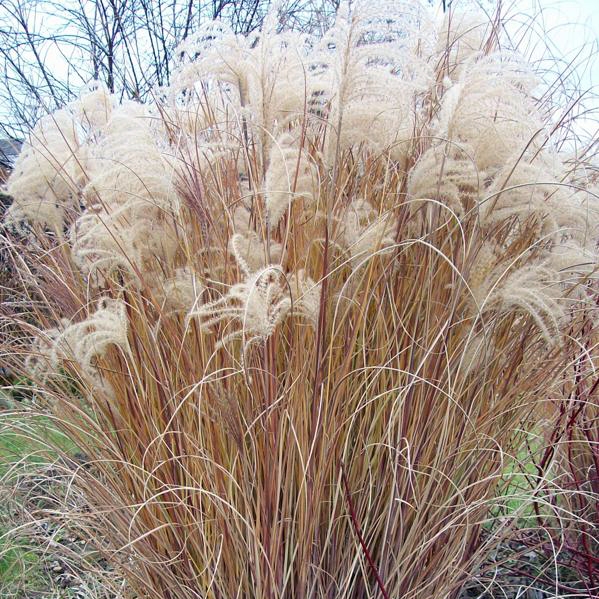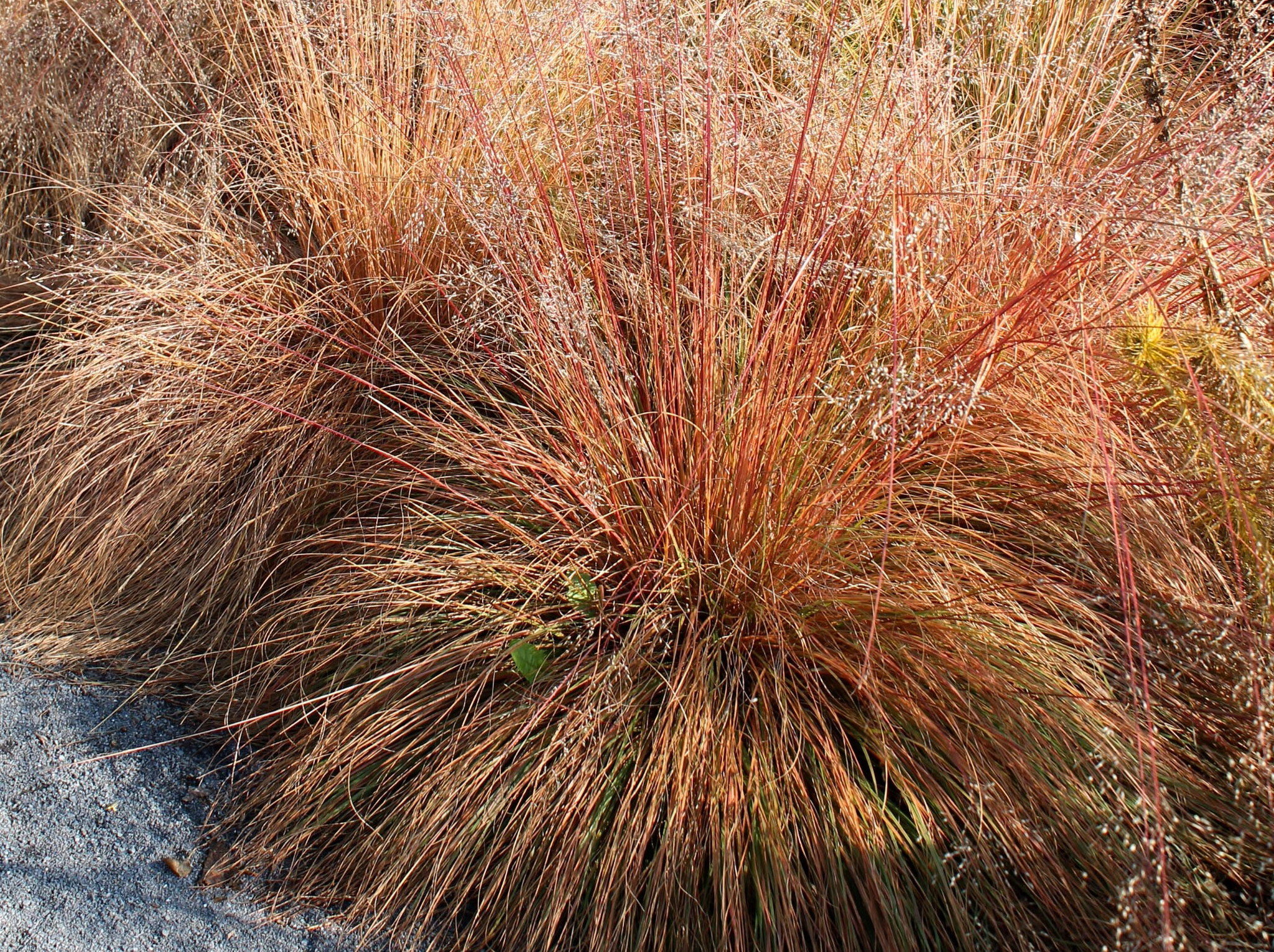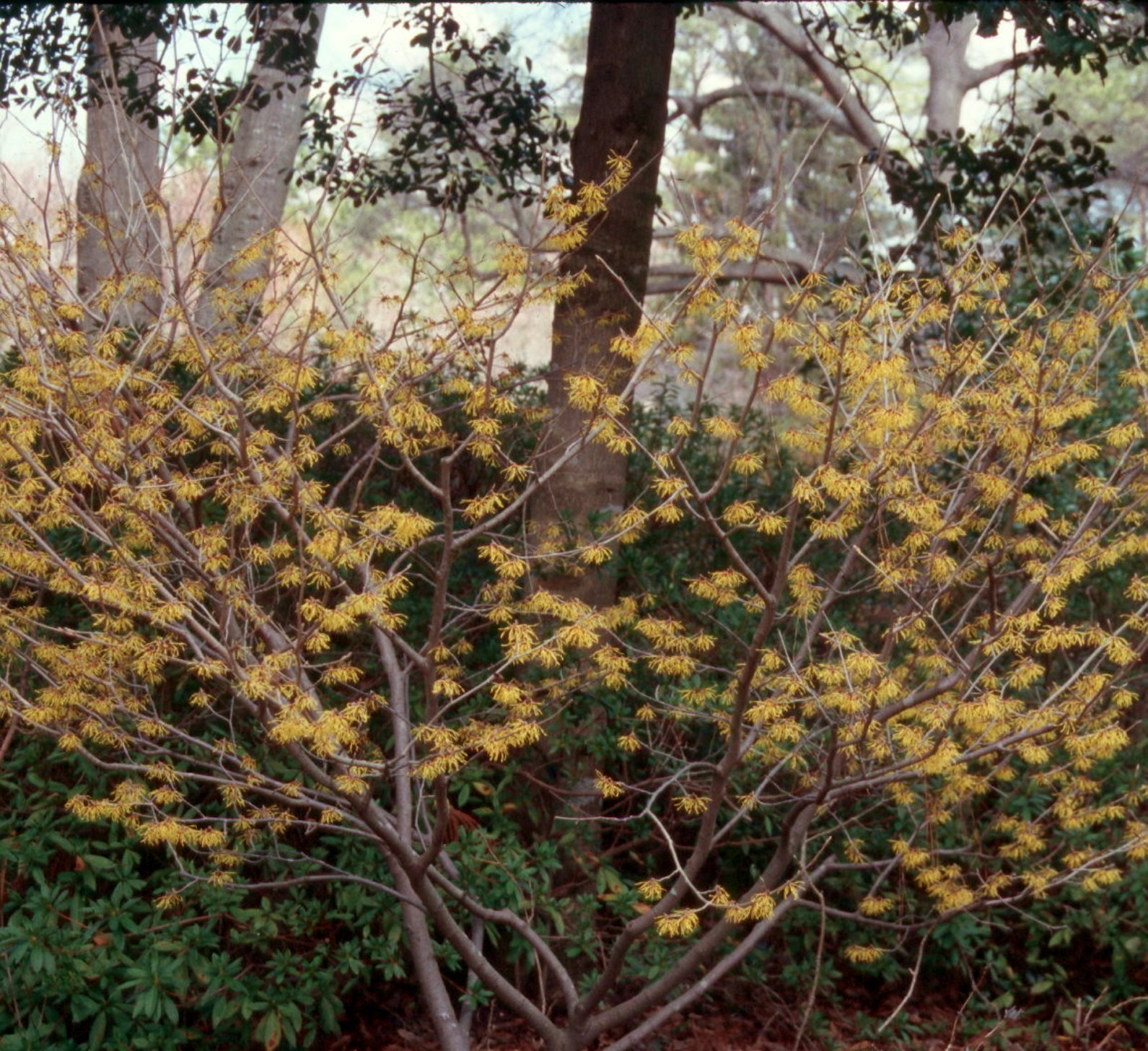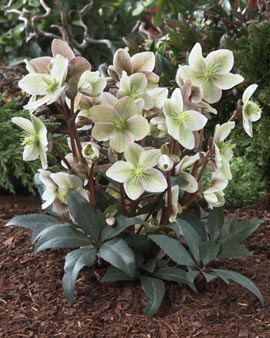A lot of the time, plant selections are based on what will shine in the summer months and to a lesser extent in the spring and fall months. Why? Because those are the seasons that will see the most use of outdoor living spaces. Then in the fall, we chop down grasses and perennials (unless you’ve read our fall clean up blog) and we’re left with some skeletal shrubs and a few paltry evergreens to provide “interest.” It doesn’t have to be that way. In fact, I strongly believe that you should be able to enjoy the natural beauty of your landscape even in the winter months.
Here are four ways to add texture, color, and movement to your winter landscape.
Bark, Stems & Twigs
Bark becomes an important ornamental element in winter when the shedding of leaves exposes trunks and branches. From warty to smooth, peeling to furrowed, tobacco to cinnamon-red, salmon-pink or stark white, the variety of bark colors and textures is fascinating. Another quick and easy way to add dramatic winter interest is to plant deciduous shrubs or trees with colorful and/or distinctive stems and twigs. Attracting the eye with their bright, showy colors, the twigs may be brilliant scarlet, olive-green, greenish-gray or even black. They may be straight or enjoy lovely curling shapes.
(Pictured Below: Paperbark Maple, Red Twig Dogwood, Sycamore, and Harry Lauder’s Walking Stick)
Fruits & Berries
Some trees and shrubs display beautiful fruits in late summer or fall, which persist into winter. In a glorious display of crimson, orange, yellow or even purple, their attractive fruits adorn their branches in eye-catching bouquets, which gleam like jewels in the soft sunlight. In addition, the fruits of some species provide wild birds with high protein food.
(Pictured Below: Winterberry, Arrowwood Viburnum, Firethorn, and Beautyberry)
Ornamental Grass
Attractive, easy to grow and low maintenance, ornamental grasses are invaluable additions to the winter garden. Waving gracefully in the slightest breeze, they add movement to the garden, but also texture and color since most warm up to shades of bronze, tan or russet in the cooler months to create an impressive display. They offer a rich and interesting contrast to the emerald evergreens, bright crimson berries and crisp white snow. In addition, many are a source of food and shelter for birds.
(Pictured Below: Karl Foerster Grass, Northern Sea Oats, Maiden Grass, and Prairie Dropseed)
Winter Flowers
While flowers are usually associated with spring or summer, they can also contribute to the beauty of the winter garden. Adapted to endure harsh winter conditions, they bring the garden to life with their bright colors and attract the eye. Most people celebrate daffodils as the harbingers of spring, without being aware that many other plants flower much earlier.
(Pictured Below: Witch Hazel, Lenten Rose, and Cornelian Cherry Dogwood)
Follow us on Facebook to discover more plants with winter interest (See November for ornamental grass suggestions) or click below to schedule a consultation.

